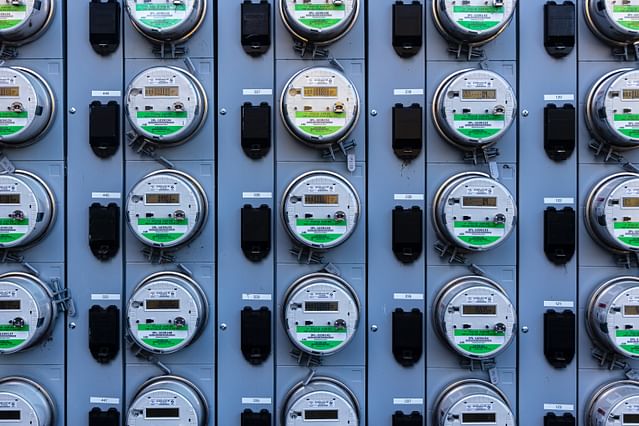
Smart Home Automation for Energy Conservation: Tips and Tricks for Lowering Your Energy Bills
Smart Home Automation for Energy Conservation: Tips and Tricks for Lowering Your Energy Bills
Smart home automation is changing the way we live, offering us more convenience, comfort, and control over our homes than ever before. But did you know that smart home automation can also help you conserve energy and reduce your electricity bills? By using energy-efficient devices and smart controls, you can lower your environmental impact and save money at the same time. In this blog post, we'll share some tips and tricks for using smart home automation to improve your energy efficiency.
1. Upgrade to energy-efficient lighting.
Lighting accounts for a significant portion of your home's energy usage, and older incandescent bulbs are some of the most inefficient options available. By switching to LED bulbs, you can reduce your lighting energy consumption by up to 90 percent. LED bulbs also last much longer than traditional bulbs, which means you'll save money on replacements over time. You can take this one step further by installing smart lighting controls, which allow you to turn lights on and off remotely or on a schedule.
2. Install a smart thermostat.
A programmable thermostat is a great first step toward energy efficiency, but a smart thermostat takes things to the next level. Smart thermostats can learn your schedule and preferences over time, adjusting your home's temperature automatically to save energy when you're away or asleep. They can also be controlled remotely through an app, so you can adjust your thermostat from anywhere. And with integrations with other smart home devices, you can create a truly connected and energy-efficient home.
3. Invest in smart power strips.
Many of the electronics in our homes continue to use energy even when they're turned off, a phenomenon called "vampire power". By plugging your devices into smart power strips, you can cut off power to them when they're not in use, saving energy and money. Smart power strips also offer the ability to control your devices remotely, so you can turn them off when you're away from home.
4. Use smart sensors.
Smart sensors can detect when rooms are unoccupied and adjust your home's systems accordingly. For example, a smart sensor can detect when you're not in a room and turn off the lights or adjust the temperature accordingly. This can lead to significant energy savings over time and reduce your environmental impact.
5. Harness the power of solar energy.
While not strictly a smart home automation feature, solar energy can be integrated into your home automation setup through smart inverters and battery storage. By generating your own electricity from solar panels, you can reduce or eliminate your reliance on the grid and cut your energy bills. Smart inverters and battery storage can help you manage your solar energy usage, so you always have power when you need it.
In conclusion, smart home automation offers a wealth of opportunities for energy conservation and increased efficiency. By upgrading to energy-efficient devices, using smart controls and sensors, and harnessing the power of solar energy, you can lower your energy bills, reduce your environmental impact, and enjoy a more connected and automated home. Smart home automation is the wave of the future, and it's never been easier to get started.
Posted on: Feb 24, 2023 Last updated at: Apr 10, 2023